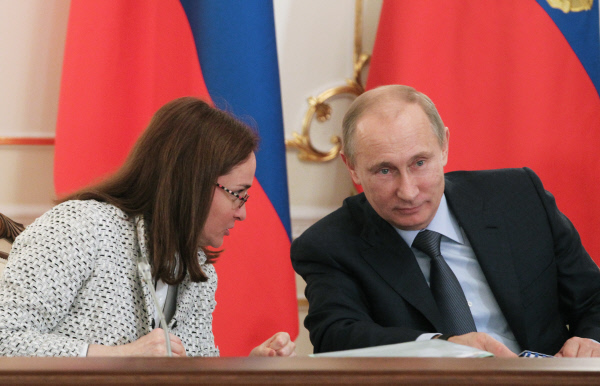In the rapidly evolving landscape of central bank digital currencies (CBDCs), the Bank of Russia has taken a distinctive path by planning to establish a direct support line for end users of the digital ruble. While many central banks are exploring CBDCs using traditional banks as intermediaries, Russia’s approach signals a departure from the norm.
Last week, the Bank of Russia made headlines as it published a request for proposals, shedding light on its ambitious plans to launch a first-line customer support system. The details, shrouded in confidentiality, are only accessible after signing a nondisclosure agreement, according to reports from Kommersant. The bank aims to assess the cost of creating a multi-channel digital complex for recording telephone conversations, managing call reception, recording interactions, and securely storing records.
The use of the term ‘multi-channel’ implies that the support system will extend to online platforms, broadening the avenues through which users can seek assistance.
Privacy Concerns: A Divergence from Global Trends
Interestingly, the Bank of Russia’s move deviates from the approach taken by some other jurisdictions, notably the UK and Europe, where efforts are being made to address concerns about privacy in CBDC transactions. The Bank of Russia’s provision of first-line technical support raises questions about user privacy, as detailed queries may involve divulging personal information directly to the central bank.
While the central bank emphasizes the voluntary nature of the digital ruble, concerns linger that certain transactions, especially pension disbursements, might be exclusively conducted through this digital form. The potential issue arises if users are unable to transfer their digital rubles to traditional banks.

First-Line Support and its Implications
The term ‘first-line support’ suggests that the Bank of Russia may delegate detailed queries to the relevant commercial banks involved in the digital ruble project. This approach could be driven by several potential motivations.
Firstly, positioning the central bank as the initial access point creates the image of a unified system rather than one centered around individual banks. By providing support, the central bank also helps alleviate some of the financial burdens on commercial banks, which have raised concerns about the high costs associated with CBDC projects globally.
Moreover, direct user calls to the central bank allow for unfiltered feedback, providing insights into the concerns users may have about the concept of a digital ruble. This approach serves as a valuable tool for the central bank to gauge public sentiment and identify potential pitfalls in the digital currency’s adoption.
Feedback Mechanism and the Controversial View
Additionally, this strategy enables the central bank to gather valuable information about the performance of various banking apps, allowing them to create metrics for monitoring end-user satisfaction. By analyzing support calls divided by user numbers for specific banks, the central bank can assess which applications are user-friendly and which ones pose challenges to consumers.
However, a more controversial perspective suggests that this move might be the first step toward the central bank gradually superseding commercial banks. Some Russian legislators have envisioned a future where traditional banks diminish in significance as blockchain payment systems become more prevalent.
The Bank of Russia embarked on its digital ruble pilot six months ago, collaborating with 13 banks in the initial phase. Notably absent from the first phase was Sber, Russia’s largest state-controlled bank, although it is expected to participate in the upcoming second phase.
As the Bank of Russia pioneers this novel approach to CBDC implementation, the global financial community watches with keen interest, curious about the implications this strategy might have on user privacy, the role of traditional banks, and the overall trajectory of digital currency adoption. The direct line to end users represents a bold move that could shape the future landscape of digital finance in Russia and beyond.
Reference:



